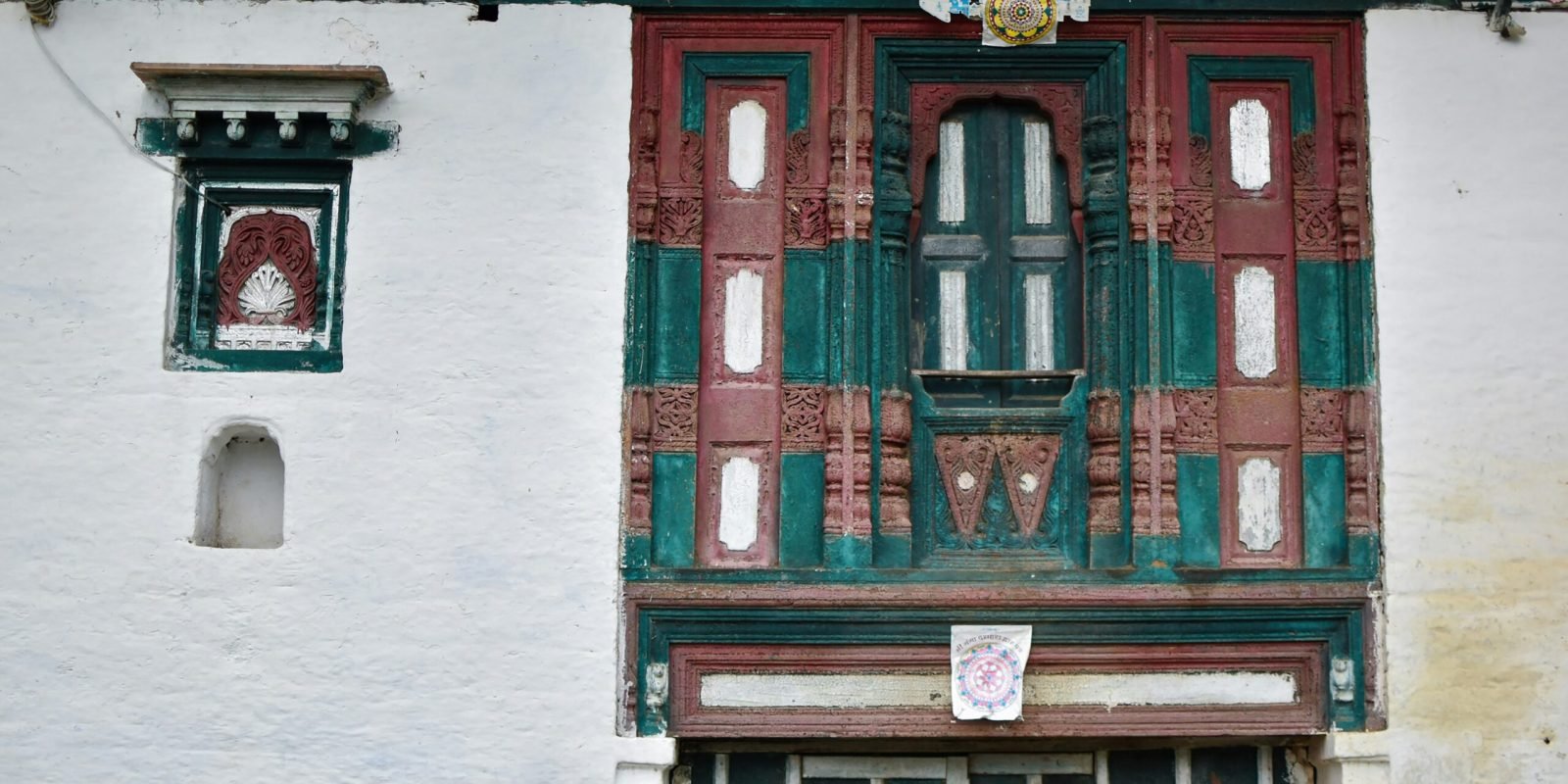Introduction to Vernacular Architecture
Vernacular architecture refers to the traditional and indigenous building styles that are specific to a particular region or community. These styles are often passed down through generations and are closely tied to local culture, climate, and available materials. In India, a country known for its rich cultural diversity, vernacular architecture showcases a wide array of regional designs and techniques.
The Significance of Regional Styles
India’s diverse climate and geography have given rise to an equally diverse array of vernacular architectural styles. From the coastal regions to the mountainous areas, each region has developed unique construction methods that are well-suited to its environment. For example, in Kerala, traditional homes often feature steeply sloped roofs to handle heavy monsoon rains, while in Rajasthan, thick walls and courtyards are common to cope with the extreme heat.
Learning from Traditional Techniques
Modern architects and builders can learn a great deal from India’s vernacular architecture. Traditional building methods are not only environmentally sustainable but also cost-effective. By using locally sourced materials and designing structures that naturally regulate temperature, these techniques reduce the need for artificial heating and cooling, thus lowering energy consumption.
Case Studies of Regional Styles
Several regions in India offer excellent examples of vernacular architecture. In the northeastern state of Assam, traditional stilt houses are built to withstand flooding. In the Himalayan region, houses are constructed with stone and wood to provide insulation against the cold. Each style reflects a deep understanding of the local environment and offers valuable lessons for contemporary architecture.
In conclusion, vernacular architecture in India provides a rich tapestry of regional styles that are both functional and beautiful. By studying and incorporating these traditional methods, modern architects can create buildings that are more in harmony with their surroundings and sustainable for the future.







